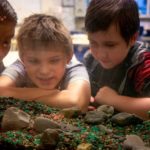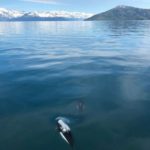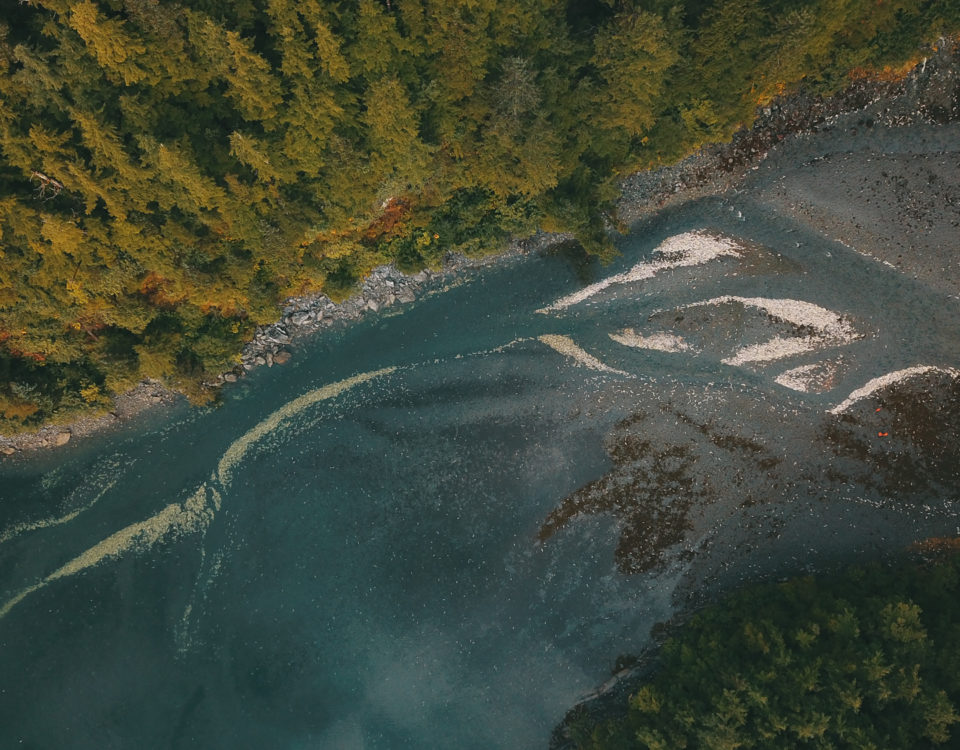Best of 2019
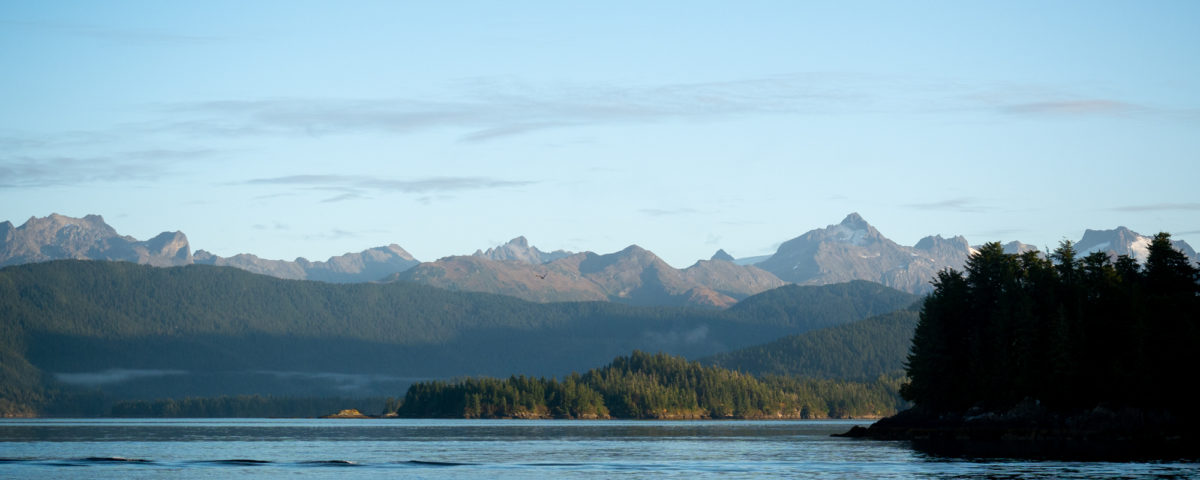
Top News Features

1) HATCHERY WILD FIELD SEASON 2019
FIELD SEASON MARKED BY LOW FLOW AND HIGH PRE-SPAWN MORTALITY

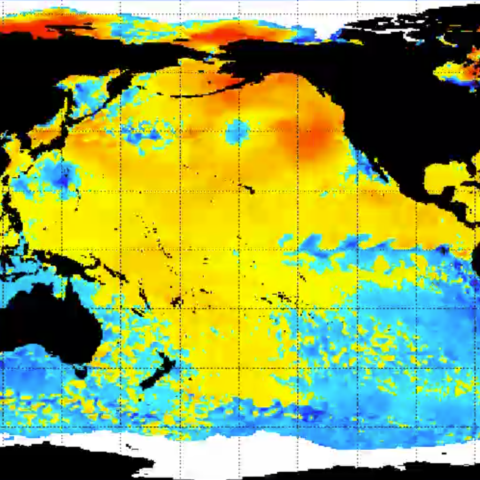
2) MARINE HEAT WAVE UPDATE
MARINE TEMPERATURES ANOMALIES DOUBLED PREVIOUS RECORDS

3) SOCKEYE ENERGETICS
 COPPER RIVER SOCKEYE SALMON PROJECT MOTIVATED BY ITS POTENTIAL TO INFORM MANAGEMENT IN THE FACE OF A CHANGING CLIMATE
COPPER RIVER SOCKEYE SALMON PROJECT MOTIVATED BY ITS POTENTIAL TO INFORM MANAGEMENT IN THE FACE OF A CHANGING CLIMATE

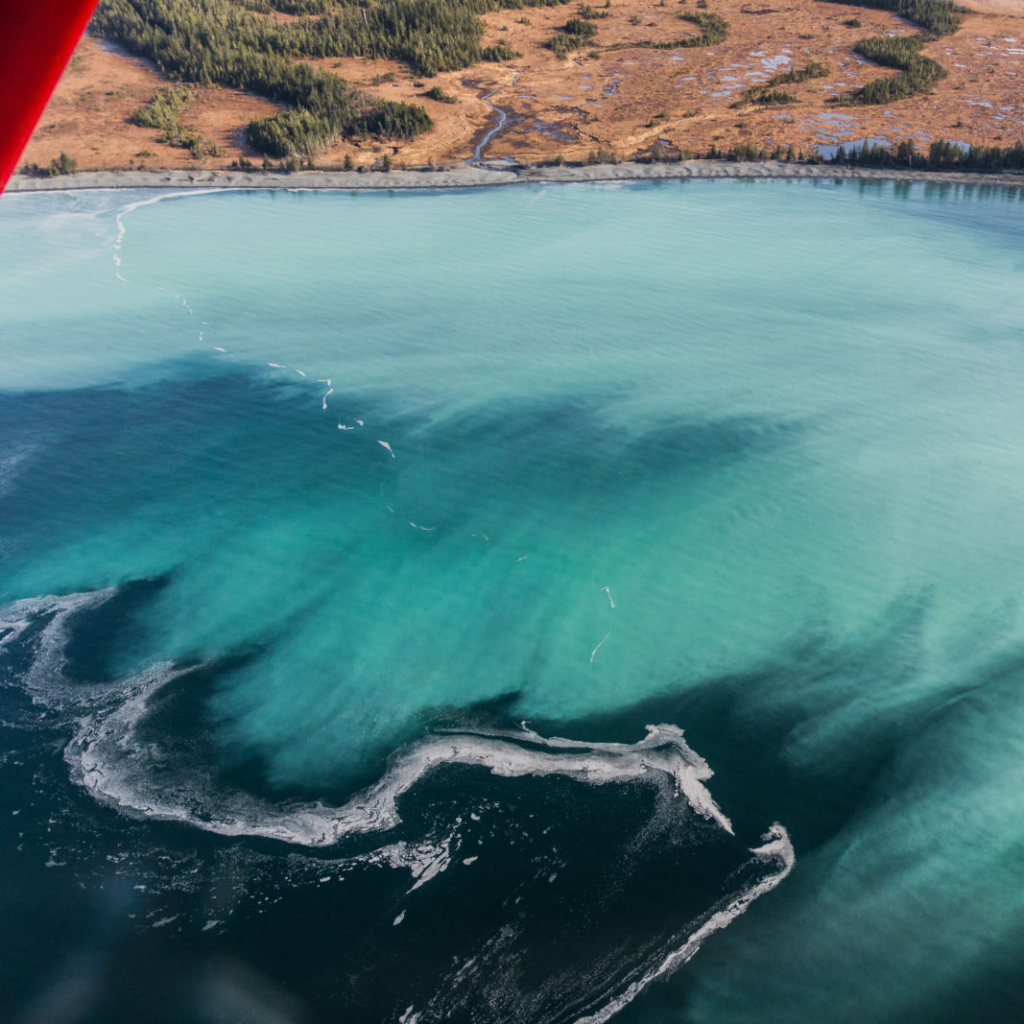
4) HERRING SPAWN
HERRING RETURN EARLIER AND MORE ABUNDANT THAN EXPECTED
Researchers in the Herring Research and Monitoring (HRM) program were caught off guard when herring started to spawn about a week earlier than expected in Prince William Sound this spring. In recent years, the first spawning event has occurred around the eighth of April, but this year the Alaska Department of Fish and Game first recorded spawn on March 31 at Knowles Bay from their aerial survey. Why might the spawning biomass be higher than expected this year? Read the full story.


5) ANNE TO ANTARCTICA 2019
PWSSC RESEARCH ASSISTANT TO USE HER BIRD RESEARCH SKILLS IN THE SOUTHERN HEMISPHERE

 6) CASPIAN TERNS
6) CASPIAN TERNS
THE RAPID GROWTH AND DECLINE OF THE CASPIAN TERN COLONY ON THE COPPER RIVER DELTA

Top Social Media Posts
Research

https://pwssc.org/hatchery-wild-field-season-2019/ Photo: Brad von Wichman

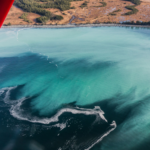
Prince William Sound Herring returned to spawn earlier and more abundant than expected!
https://pwssc.org/herring-spawn/ 📸 Herring spawn at Knowles Bay on March 31, 2019. Photo by Vanessa Lane-Miller, ADF&G.




Education
 1) February 26, 2019
1) February 26, 2019
WOW! What a whirlwind of a weekend for Cordova’s PhotosyntheSistahs at the Tsunami Bowl! This team of AMAZING young women have so much to celebrate.
BEST OVERALL PROJECT: “Effects of Ocean Acidification on the Copper River Sockeye Fishery.” The project is comprised of a 15-page research paper and a 15-minute oral presentation. The PhotosyntheSistahs received 1st place in the oral presentation and 2nd place in the paper, earning them the combined “best project” spot. They spent months researching, writing, and practicing these elements and all that hard work certainly paid off!
SECOND PLACE OVERALL: The PhotosyntheSistahs went undefeated in the buzzer competition, making it to the finals against Ketchikan High School. After a hard-fought match, the PhotosyntheSistahs took second place!
The dedication and determination shown by this team is unparalleled. If you see them, be sure to congratulate them on all of their fabulous accomplishments.We want to thank everyone who was cheering us on from near and far. We couldn’t have done it without all of the support. Special thanks to Harborside Pizza for continued support of this team. Congrats, PhotosyntheSistahs!

Education Director Lauren Bien and Shae Bowman of the Copper River Watershed Project joined Mt. Eccles Elementary School‘s 4th-grade class to share a lesson about the life cycle of salmon and to teach them the ropes of raising salmon in the classroom. The students will monitor the water temperature and care for the fish from egg to alevin to their release into the wild!

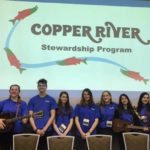 3) February 12, 2019
3) February 12, 2019
This incredible group of students presented at the Alaska Forum on the Environment. Their talk, Linked by the River: Shared Wilderness Experiences, was a huge hit! They even performed an original song about the 2018 Copper River Stewardship Program. Keep an eye out for their debut album!

Motor out into the night and you just might see the water full of tiny lights! 🌌
Recently, Mt. Eccles Elementary 6th graders learned about bioluminescence, the natural “glowing” of some ocean creatures in dark waters. After days of independent research and lessons from Science Center educators, students received a special treat: a nighttime field trip!For the first time in recent years, PWSSC was able to take local students out on its research vessel, the New Wave 🌊. Students weathered the wind and rain in two separate nighttime expeditions, searching for signs of bioluminescence. Their efforts were rewarded with glowing phytoplankton, jellyfish, and ctenophores (“comb jellies”)! 📸 Nicole Webster
Our New Home
Did you know that we recently purchased land for a dream campus in Cordova? After nearly 30 years of renting in Cordova, we are finally landowners of a 5-acre parcel at Shelter Cove. Now we are in the process of making a hope become reality: consolidating from several locations to one, where we will build the compact campus that we have dreamed of for decades. The best way to stay up to date on our facility developments is by joining our e-newsletter list (at the bottom of the linked page). http://pwssc.org/support/new-building/

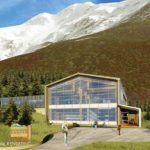
Good facilities are important to good work and after 30 years we have outgrown our current facility. The new center will enable us to expand our resilience impact through world-class research and education facilities. The new buildings will allow our staff to pursue expanded and more diverse programming while attracting partners from around Alaska, the nation, and the world.
Learn more about these exciting changes on our website. http://pwssc.org/support/new-building/
#WorldsRichestWaters
There’s no place in the world quite like ours.
If you put a pin in the ground, we challenge you to find another place with more within 100 miles: glaciers, distinct ecosystems, a pristine rainforest the size of some East Coast states, and rivers full of world-famous Copper River salmon. We believe that research here is a rare opportunity to study something pure vs. something that’s been lost.
Photo: Kinsey Justa

This weird microscopic critter (0.25mm) from the Prince William Sound, AK looks nothing like its parents yet. When full grown, this bipinnaria larvae will become a seastar!
Focus stacked image by Caitlin McKinstry using microscopy.

These truly are the #WorldsRichestWaters
Photo of Dalls porpoise shared by Melissa Schuetze

#WorldsRichestWaters as seen from above
Photo shared by Haylei Sheldon Graham
Find us on Facebook, Instagram, and Twitter @PWSSC. Share your photos of this amazing bioregion with us using the tag #WorldsRichestWaters.



